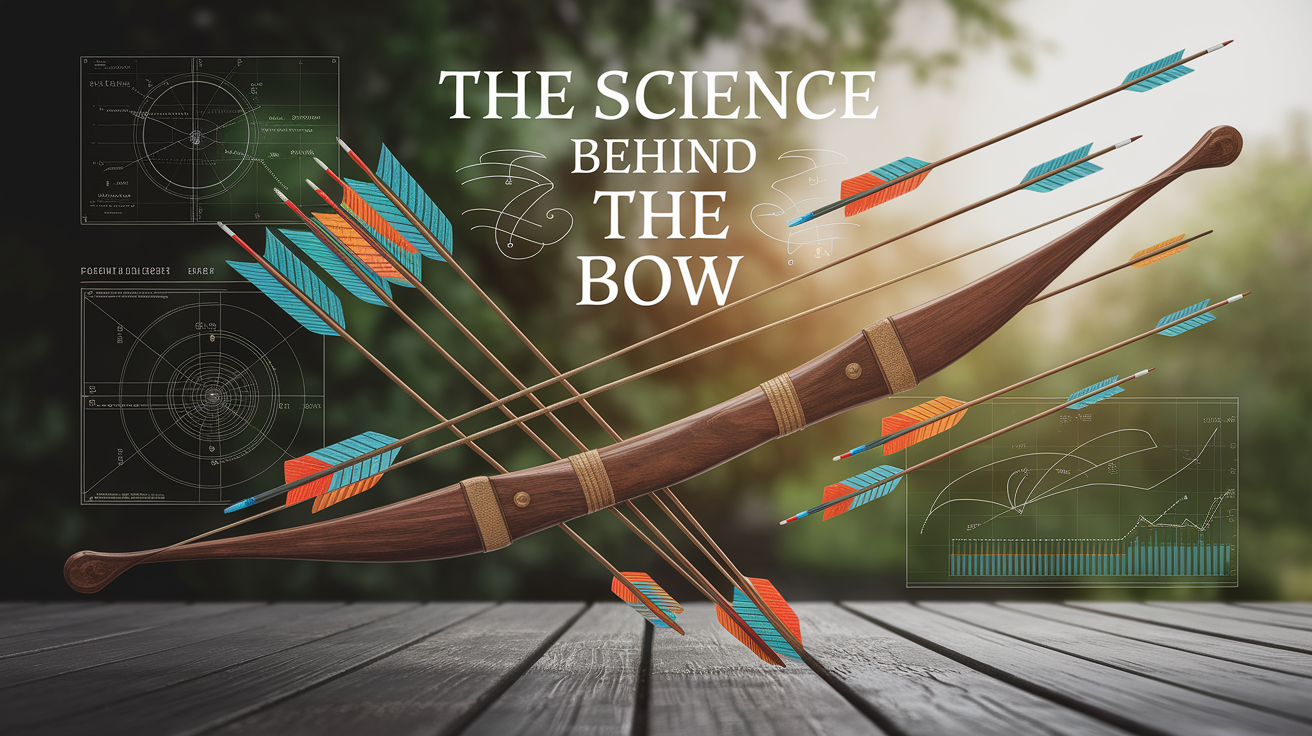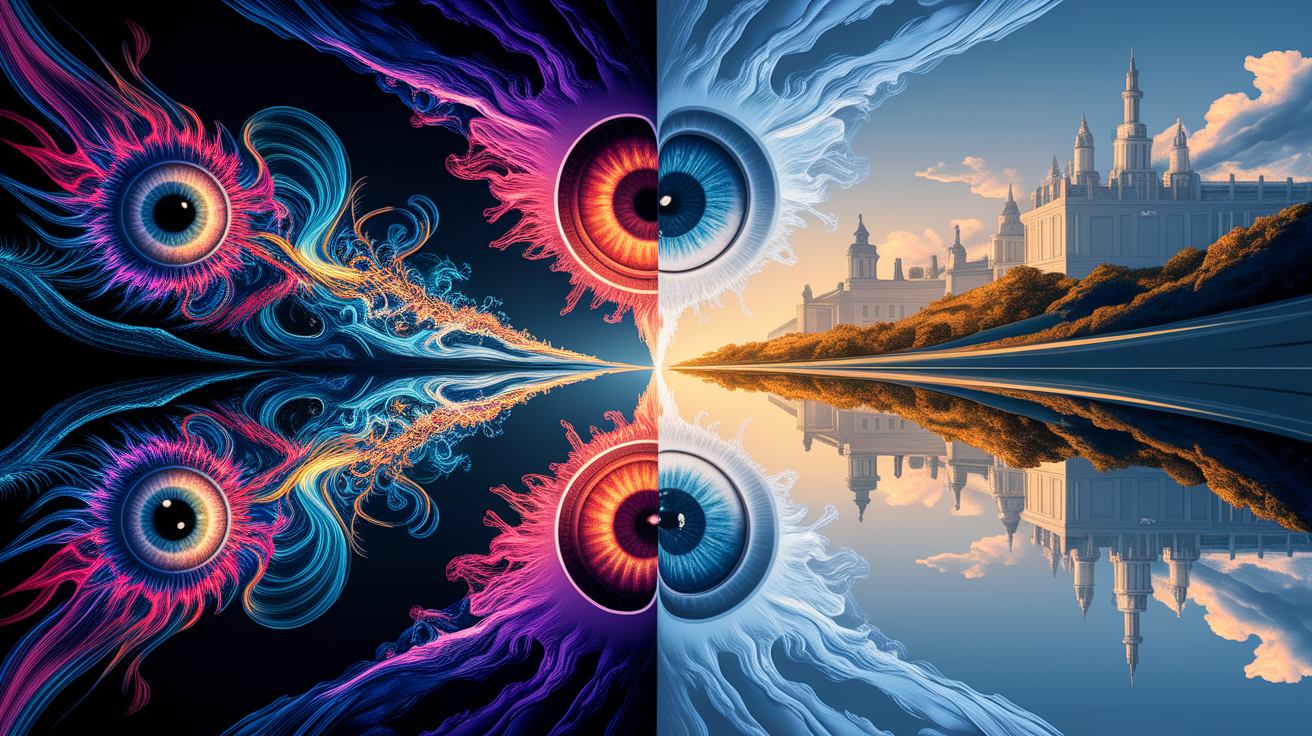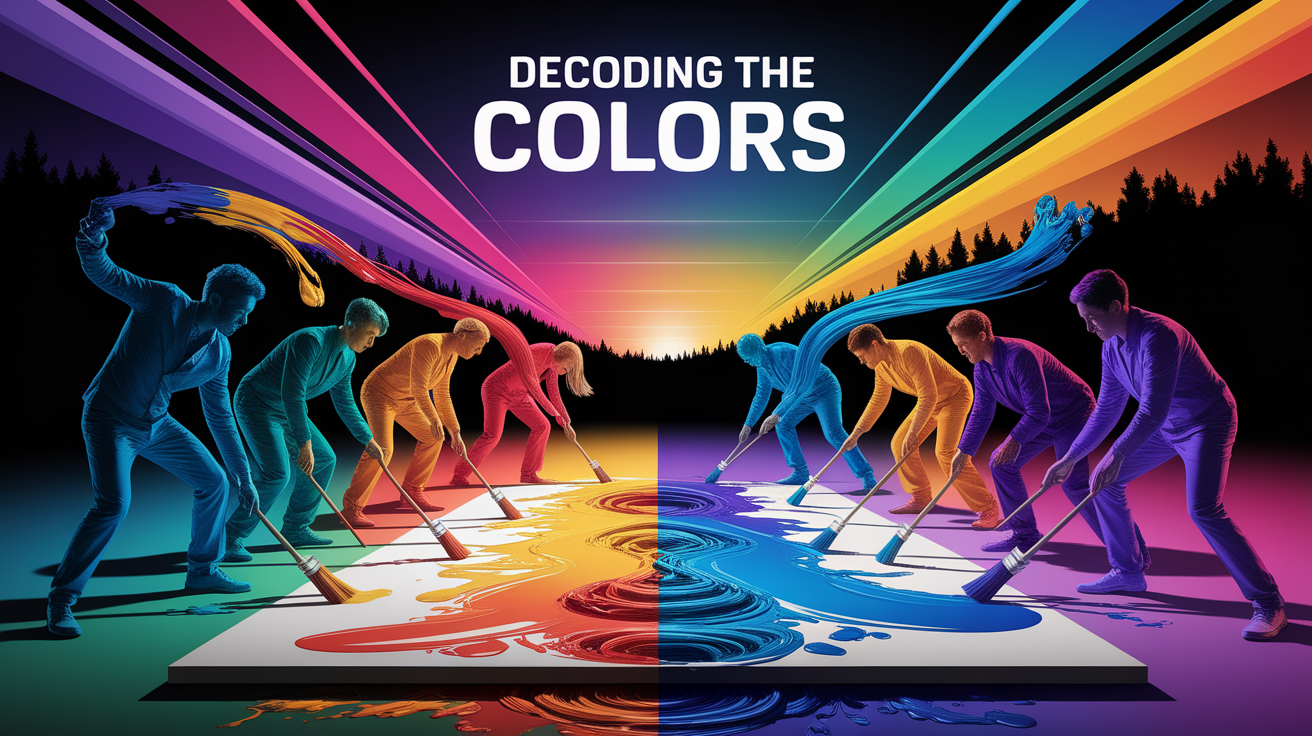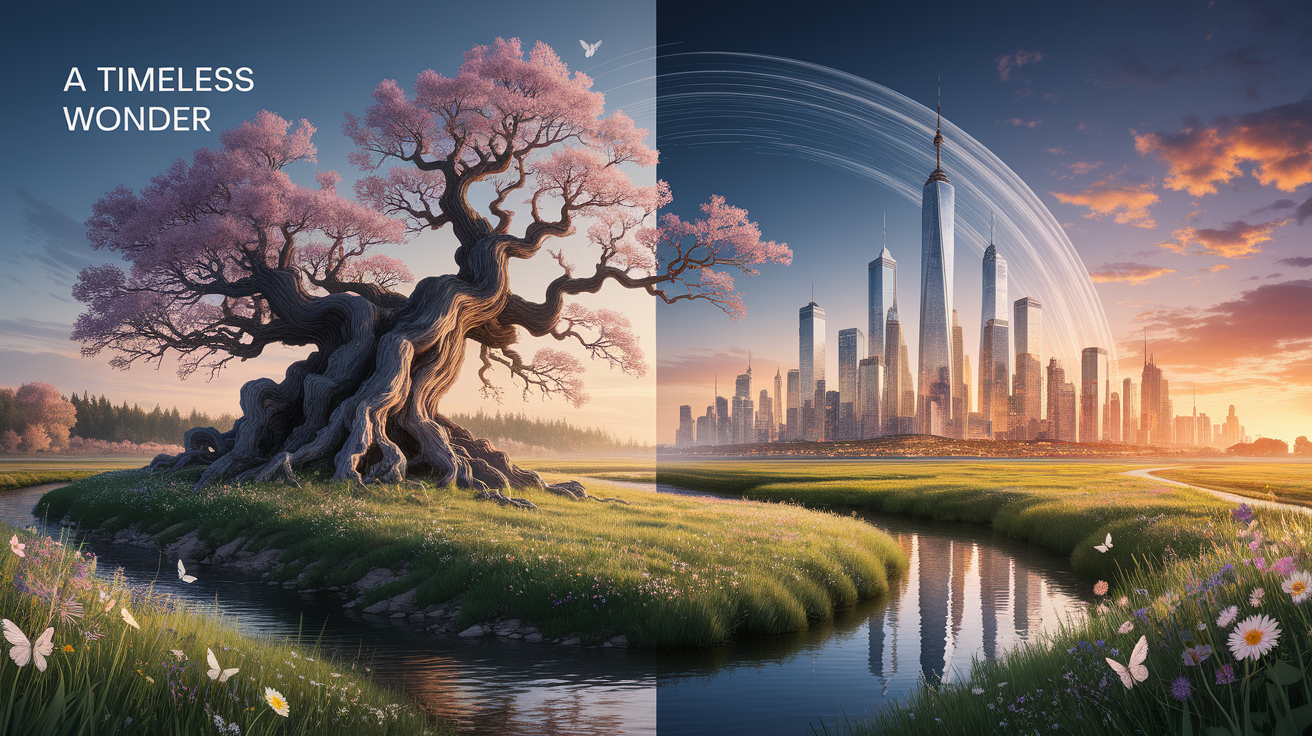Have you ever looked up after a rain shower to see a magnificent arc of color stretching across the sky? It’s a sight that can stop you in your tracks. But what causes a rainbow? It isn’t magic, but rather a beautiful display of physics happening in millions of tiny water droplets. At the heart of every rainbow is water, working together with sunlight to create the spectacle. To understand how they form, we first need to appreciate what makes water so special and its unique properties.
Nature’s Light Show — The Quick Answer
A rainbow appears when sunlight shines through water droplets in the air, often during or after it rains. Each tiny droplet acts like a prism, bending and reflecting the sunlight, which causes the light to split into its different colors.

The Science Behind the Bow
The secret to a rainbow lies in a three-step dance between sunlight and a single raindrop: refraction, reflection, and dispersion. Though it happens in a flash, this process is what causes a rainbow to form in the sky.

Essentially, raindrops in the atmosphere act as a vast collection of tiny prisms, each one helping to reveal the hidden colors within sunlight.
Here’s how it unfolds, step by step:
- Refraction (Bending Light): First, as a ray of sunlight enters the surface of a water droplet, it slows down and bends. This initial bending of light is called refraction. The unique molecular structure of water is what allows this to happen.
- Reflection (Bouncing Light): Once inside the droplet, the light ray travels to the back of the droplet and bounces off the inner surface. This is an internal reflection. It’s different from looking in a mirror; instead, the light is being redirected inside the water.
- Dispersion (Splitting Light): As the light ray exits the droplet, it bends again, refracting for a second time. This is where the magic truly unfolds. Sunlight, which appears white to our eyes, is actually made of a full spectrum of colors. As the light bends, it separates into these colors—a process called dispersion.
Each color, having a different wavelength, bends at a slightly different angle. Red light bends the least, while violet light bends the most. This separation is what arranges the colors into the familiar, beautiful band we see.
Why You See It and Where
Seeing a rainbow is all about being in the right place at the right time. For a rainbow arc to appear, two conditions are necessary: the sun must be shining behind you, and there must be water droplets in the air in front of you. These can be raindrops from a passing shower or even mist from a waterfall or garden hose.
These thousands of tiny water droplets hanging in the air are the canvas for the rainbow. For more on how these microscopic droplets are suspended, you can explore the secrets of cloud buoyancy.
The Perfect Angle and the Curved Arc
You may wonder why rainbows are always curved in an arc. It’s not a coincidence; it’s geometry! The light exiting the raindrops that forms a rainbow is most intense at a very specific angle: about 42 degrees from the path of the sunlight entering your eye. Your eyes see a collection of all the droplets that are at this perfect angle, which forms a circle. Since the ground gets in the way, you typically only see the top part of the circle—a beautiful arc.

Because a rainbow is an optical effect that depends on your specific location, you can never reach the end of one. As you move, the rainbow your eyes see moves too, always remaining at that perfect 42-degree angle from your perspective.
What About a Double Rainbow?
Sometimes, if you’re lucky, you’ll spot a fainter, second rainbow outside the first one. This is a secondary rainbow, and it’s caused by light reflecting twice inside the raindrops. This double reflection makes the second rainbow fainter and, fascinatingly, reverses the order of the colors. In a double rainbow, red is on the inside and violet is on the outside. The dark, moody-looking sky between the two bows even has a name: Alexander’s band.
Decoding the Colors
The beautiful bands of color in a rainbow are from the visible spectrum of light. While sunlight appears white, it’s a mix of different colors, each with its own wavelength. When dispersion splits the light, these colors are laid out for us to see.

So why are there 7 colors in a rainbow? The colors form a continuous spectrum, but we typically group them into seven main bands. The order is always the same, thanks to the physics of light waves, and can be remembered with the acronym ROYGBIV:
- Red (longest wavelength, bends the least)
- Orange
- Yellow
- Green
- Blue
- Indigo
- Violet (shortest wavelength, bends the most)
A Timeless Wonder
Humans have been marveling at rainbows for centuries, long before the complete science was understood. Early thinkers worked hard to move from myth to a scientific explanation. According to records from Wikipedia, scholars in ancient China, like Shen Kuo, and later Persian astronomers, such as Qutb al-Din al-Shirazi and his student Kamāl al-Dīn al-Fārisī, made huge strides. It was al-Fārisī who, hundreds of years before Isaac Newton’s work on optics, conducted experiments with water-filled glass spheres to show that rainbow colors came from two refractions and an internal reflection of light. These early investigations laid the groundwork for our modern understanding of atmospheric optics.

Rays of Wonder — Wrapping It Up
A rainbow is a perfect combination of sunlight, water, and perspective. It’s not a physical object but a beautiful optical show painted on a canvas of raindrops. The next time you see one, you’ll know it’s the result of countless tiny water droplets, each one bending, bouncing, and splitting light just for you. Beyond rainbows, water in the atmosphere creates other interesting sights. You can learn more about phenomena like the science behind airplane contrails to see another example of water’s amazing atmospheric effects.
Key Takeaways
- Three Key Steps: Rainbows are formed by sunlight refracting (bending), reflecting (bouncing), and dispersing (splitting) inside water droplets.
- Perfect Positioning: To see a rainbow, the sun must be behind you and water droplets (like rain or mist) must be in the air in front of you.
- The 42-Degree Arc: The rainbow’s arc shape is created by light exiting raindrops at a specific angle of about 42 degrees relative to your line of sight.
- A Spectrum of Colors: The colors of the rainbow, best remembered by ROYGBIV, appear because white sunlight is split into its different wavelengths.
- You Can’t Reach the End: A rainbow is an optical effect, not a physical object. Its location depends on the observer’s position, so you can never get any closer to it.













